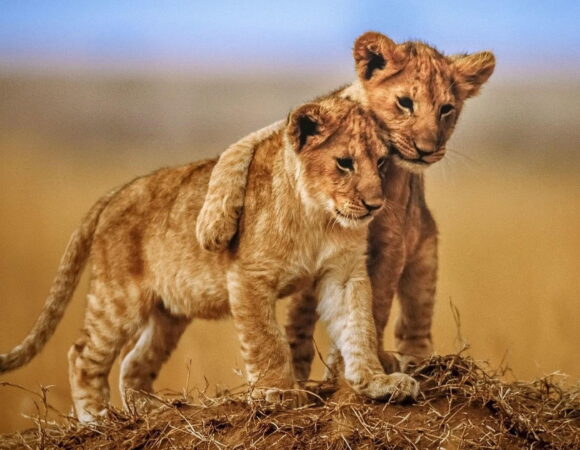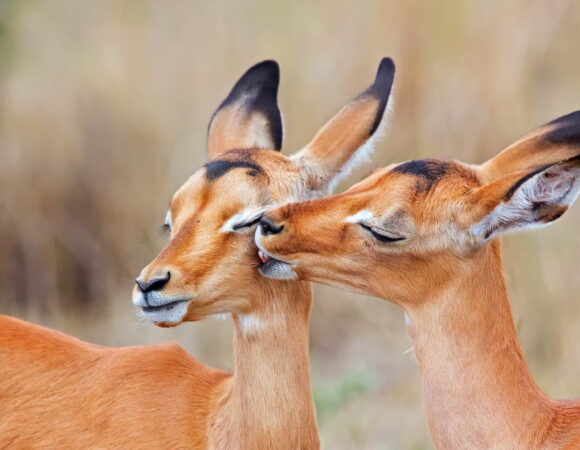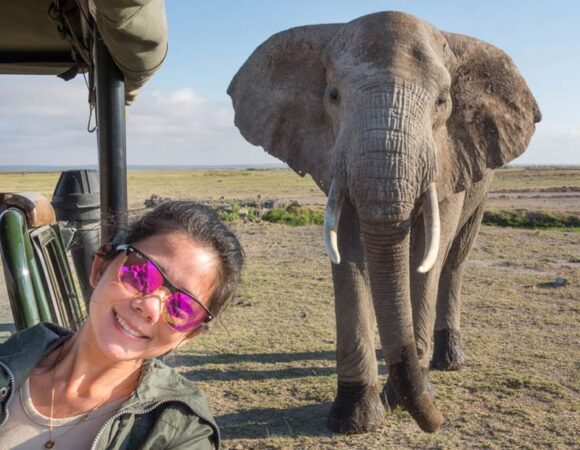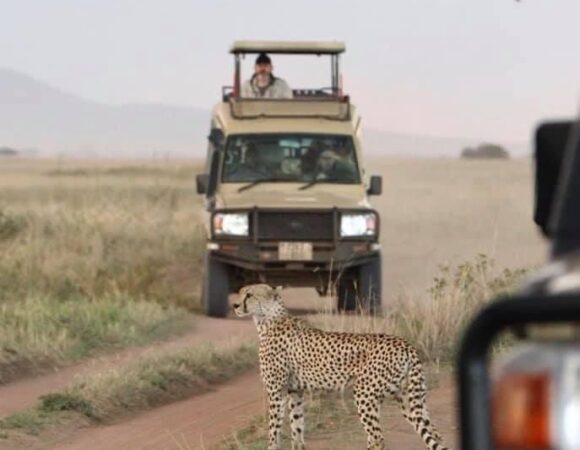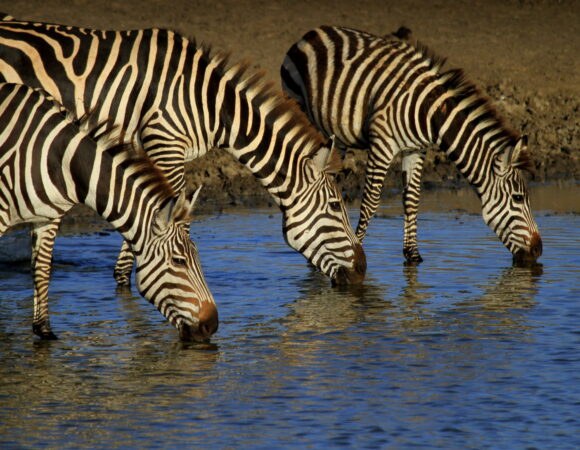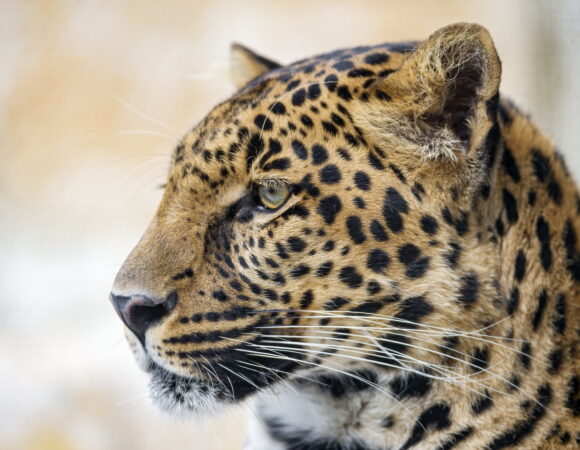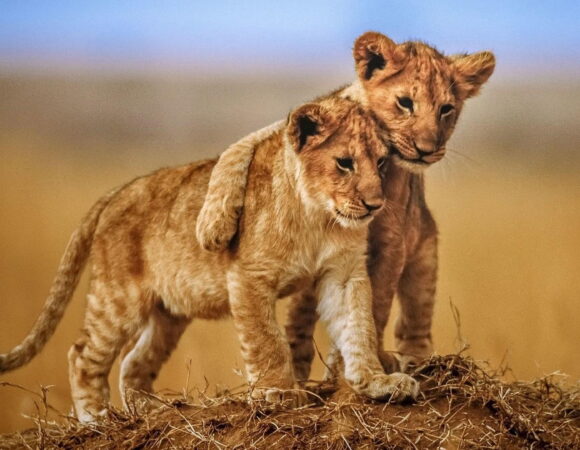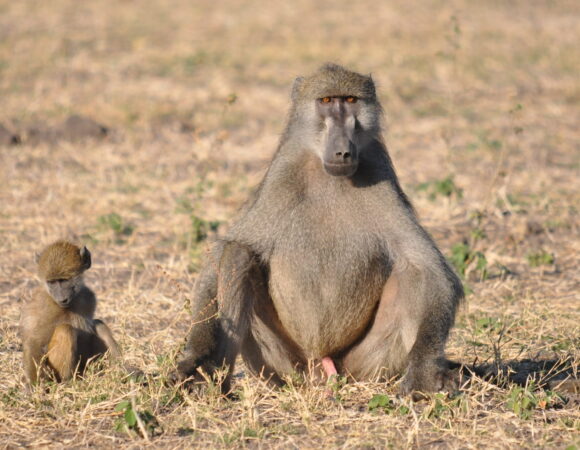
Serengeti National Park.
The word Serengeti means “endless plains” in the Maa language (Maasai), people who live around the Serengeti national park. The park is covered with grassland plains and in the middle of it offers views of distant landscapes (plains). When on safari the only feeling you can get is of typical African wilderness experience.
Serengeti is Award winning, best national park for African safari.
The park upgraded from a game reserve (big game hunting ground) to a National park in the year of 1951 (the first national park in Tanzania), and is located in northern Tanzania extends to south-western Kenya.
Serengeti national park covers the area of 5,700 square miles (14,763 square km) and is normal referred as the great grassland range in Africa as well as vachellia woodland.
The park extends 100 miles (160 km) southeast from the shores of Lake Victoria and, in its eastern part 100 miles (160 km) south from the Kenya – Tanzania border.
The Serengeti-Mara ecosystem encompasses several protected areas like Serengeti national park, Mara national reserve in Kenya and a number of game reserves and conservation area (Ngorongoro) surrounds the area.
HISTORY OF THE SERENGETI.
The Maasai people are the first humans to live and graze their livestock in the open plains of Serengeti for around 200 years. German geographer and explorer Dr Oscar Baumann were probably the first explore to enter the Serengeti. He entered the area in the year of 1892.
A group of Maasai warriors doing a traditional dance in front of tourists.
Maasai exploited the area as a hunting ground for big lions for many years (must kill a big lion so as to become a warrior).
As a result, the number of lions in the area started to shrink and this made firstly British explores to establish a temporary game reserve of 800 acres (almost 3 km) and in 1920 they made a second game reserve. These game reserves took place up to the year of 1951 in which the area gazetted as a national park.
WHY VISIT THE SERENGETI.
Serengeti national park is best known for its annually wildebeest migration and it is a must for any Tanzania or Africa safari visitor.
The park has abundance of biodiversity starting from the fauna and flora species, landscapes, culture and history.
In addition to wildebeest, the Serengeti National Park holds many types of large antelopes, including zebra, impala, eland, klipspringer, dik-dik, and several different kinds of buck.
Also look out for lions, leopards, cheetahs, giraffes, rhinos, elephants, hippos, hyenas, bat eared foxes, jackals, warthogs, porcupines, crocodiles, baboons, mongoose’s and different types of monkey.
The Serengeti is also home to almost 500 different bird species, including; vultures, storks, flamingos, martial and fish eagles and ostriches.

